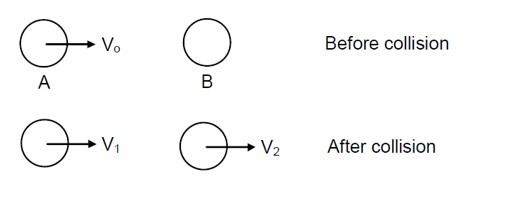Physics NCERT Exemplar Solutions Class 12th Chapter Thirteen
Get insights from 48 questions on Physics NCERT Exemplar Solutions Class 12th Chapter Thirteen, answered by students, alumni, and experts. You may also ask and answer any question you like about Physics NCERT Exemplar Solutions Class 12th Chapter Thirteen
Follow Ask QuestionQuestions
Discussions
Active Users
Followers
New answer posted
5 months agoContributor-Level 10
Degree of freedom, f = 8
So, H =
at constant pressure, W =
150 =
So,
= 5 * 150
= 750 J
New answer posted
5 months agoContributor-Level 10
For angle of incidence 'i' :-
cos I =
i = 60°
Using snell's law :-
sin r =
So, difference, I – r = 60° - 452 = 15°
New answer posted
5 months agoContributor-Level 10
(mean free path) =
n → No. of moles in volume v NA ® Avogadro's Number
The motion of the gas molecules freezes at 0K not 0° C
Average kinetic Energy per molecule per degree of freedom is (for Mono atomic gases)
New answer posted
6 months agoContributor-Level 10
These are the difference between the alpha, beta and gamma decay:
- Alpha decay: It reduces mass number by 4 and atomic number by 2. It is the emission of a helium nucleus (2 protons, 2 neutrons).
- Beta decay: It changes atomic number by ±1 but there is no change in the mass number. It involves a neutron converting into a proton (or vice versa).
- Gamma decay: Here, there is no change in the atomic or mass number, just the emission of high-energy photons.
Taking an Exam? Selecting a College?
Get authentic answers from experts, students and alumni that you won't find anywhere else
Sign Up on ShikshaOn Shiksha, get access to
- 66k Colleges
- 1.2k Exams
- 680k Reviews
- 1800k Answers

